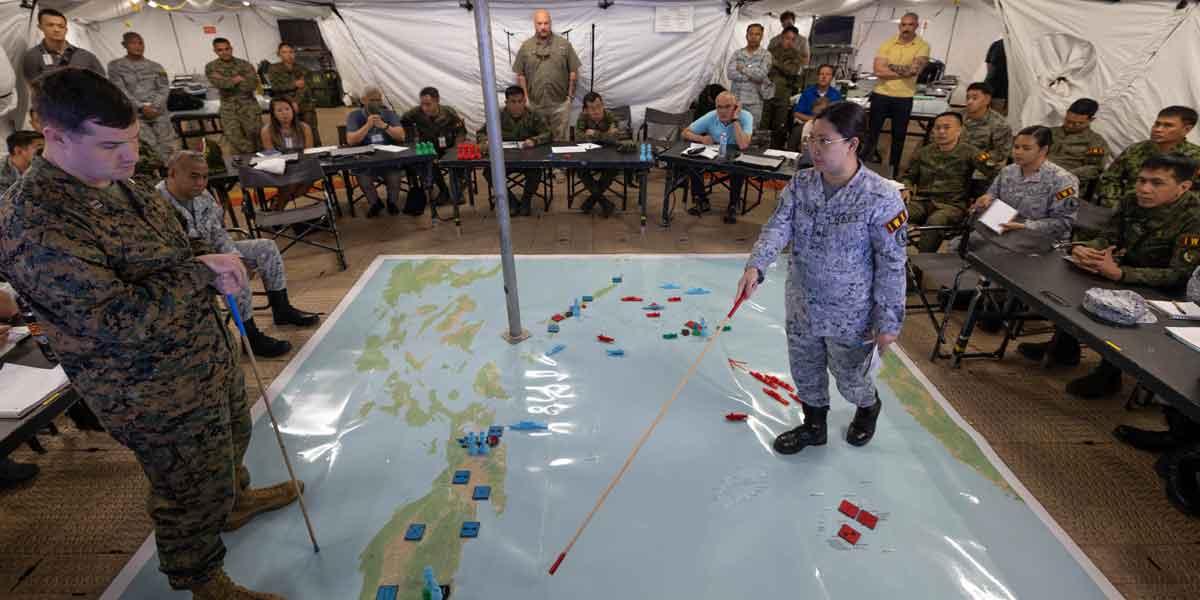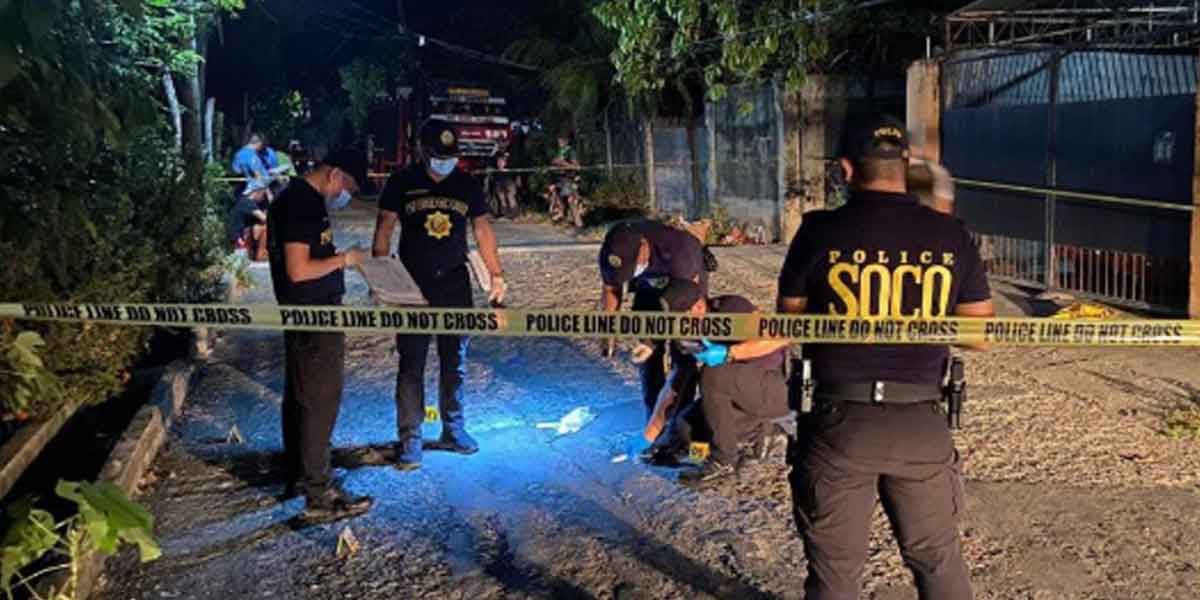
By Rjay Zuriaga Castor
A resolution has been filed in the House of Representatives calling for an immediate investigation into the bus accident in Hamtic, Antique that claimed 19 lives.
Antique Rep. Antonio B. Legarda Jr. said that an investigation is necessary to determine whether legislative measures are needed to prevent similar accidents in the future.
“Paramount of which is to ensure the safety and security of the riding public and prevent loss of lives and limb,” read part of the resolution received by the lower house on December 12.
The resolution added that the number and frequency of fatal accidents involving public utility buses in Antique has raised serious concerns regarding the safety of local public transportation.
On December 5, a Ceres Bus Liner owned by Vallacar Transit Inc. fell into a ravine between the boundary of Barangay Fabrica and Igbucagay in Hamtic town.
The bus was carrying a total of 28 passengers and was en route to Culasi town from Iloilo.
Nineteen passengers died from the incident while 9 others were injured.
Based on the police investigation, the vehicle’s brake system reportedly malfunctioned when it traversed what officials have described as a “killer curve.”
Records from the Philippine National Police in Hamtic town, shared by the Antique provincial government on its official Facebook page, revealed several accidents at the “killer curve” since 1959.
The incidents are as follows:
-truck (1959), loaded with goods and foodstuff, three died;
-bus (May 25, 1986), 23 died and 15 injured;
-bus (late 80s), undisclosed number of casualties/deaths;
-closed van (2016), one died;
-truck loaded with soft drink products (August 11, 2017), one helper died, driver injured;
-delivery van (2017), no fatalities;
-closed van loaded with feeds (2018), no deaths;
-10-wheeler truck loaded with cement (2019), one helper died;
-closed van loaded with construction materials (2019), no fatalities (the vehicle did not fall off into the ravine but overturned in the middle of the highway);
-closed van loaded with feeds (2019), no deaths (vehicle did not fall off into the ravine but overturned in the middle of the highway);
-Ceres bus (April 5, 2019), three died and six injured;
-car (2020), no deaths (the car crashed into the barrier)
Governor Rhodora J. Cadiao said that following the 2019 incident, she called the attention of the Department of Public Works and Highways (DPWH) to rectify the engineering design of the road in the area.
Cadiao was the chairperson of the Regional Development Council in 2019.
“I think the design is [engineeringly] faulty and I have called the attention of the DPWH regarding this,” she said in a press conference after the December 5 incident.
On December 8, Cadiao met with DPWH Secretary Manuel Bonoan to propose creating a new road that would cut through the mountain to prevent further deaths.
She said Bonoan has welcomed the idea and has sent a team of engineers led by Undersecretary Roberto Bernardo to study the road proposal.
Currently, buses, trucks, and other large vehicles are not allowed to pass through the “killer curve.”
Police personnel, barangay tanods, and barangay officials have been deployed to the area for monitoring.



















